Backflow Valve Inspection Guidelines
Backflow valve inspections are essential for maintaining water safety and ensuring proper function of backflow prevention devices. The optimal time for inspections depends on various factors including local regulations, seasonal changes, and system usage patterns. Regular inspections help identify potential issues early, preventing contamination and costly repairs.
Performing inspections annually ensures the backflow prevention device functions correctly and complies with local codes. Regular checks can detect wear, corrosion, or damage that could compromise water safety.
Inspections before winter or during periods of high water usage can prevent issues caused by temperature fluctuations or increased demand, which may stress the backflow system.
Newly installed backflow preventers should be inspected immediately after installation to verify proper setup and operation.
Before new construction or major system upgrades, inspections can identify necessary adjustments to prevent future backflow problems.
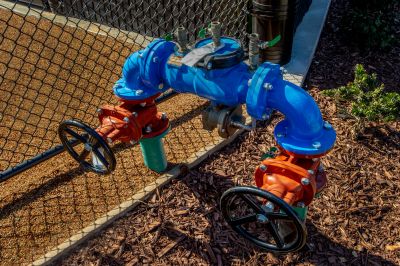
Technician performing a routine backflow device inspection.
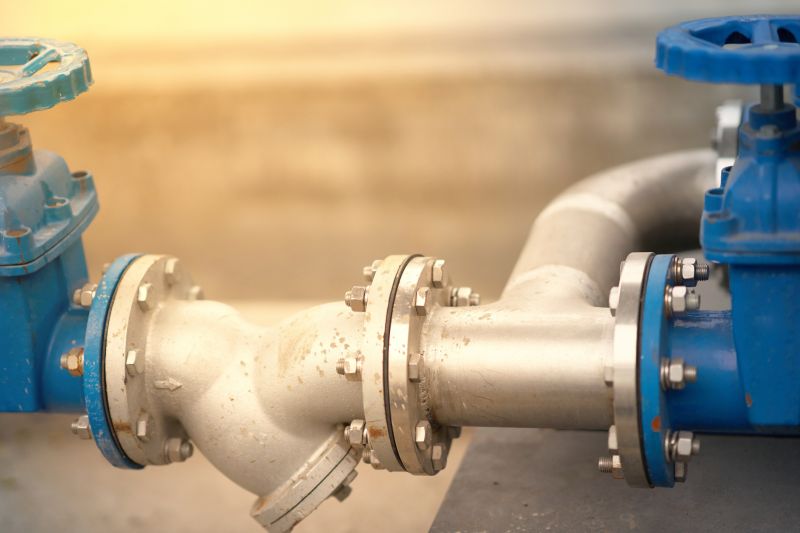
Commercial backflow prevention device during an inspection.
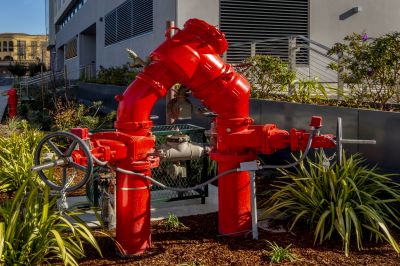
Residential backflow prevention system being examined.
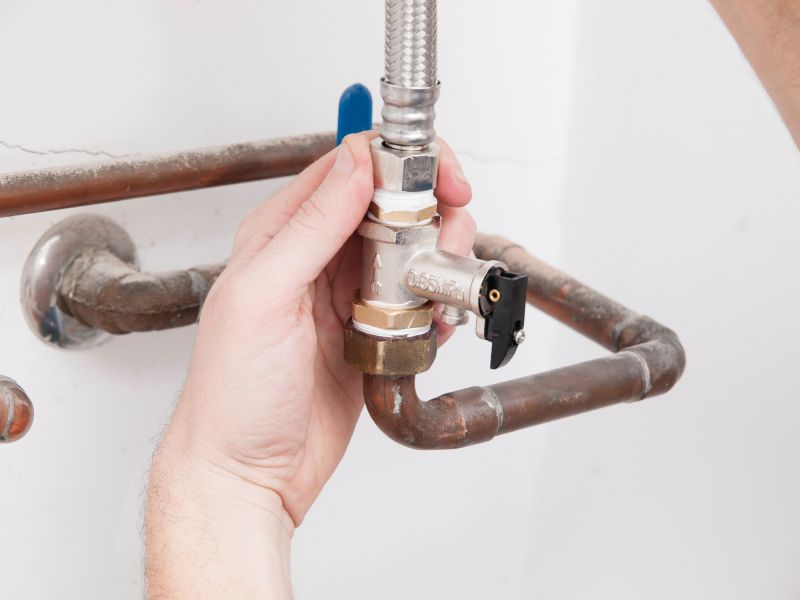
Ways to make Backflow Valve Inspections work in tight or awkward layouts.
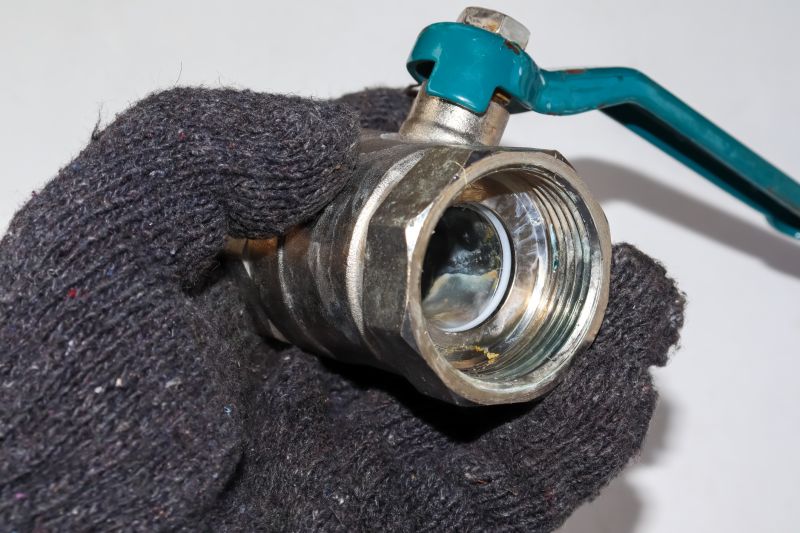
Popular materials for Backflow Valve Inspections and why they hold up over time.

Simple add-ons that improve Backflow Valve Inspections without blowing the budget.
| Factor | Recommendation |
|---|---|
| Seasonal Changes | Inspect before winter and after heavy rainfall |
| System Usage | Inspect annually or after significant usage changes |
| Local Regulations | Follow jurisdiction-specific inspection schedules |
| Post-Installation | Inspect immediately after installation |
| Pre-Development | Inspect before new construction |
| Emergency Situations | Inspect after system repairs or emergencies |
Backflow valve inspections are critical components of water safety management. They help prevent contamination of potable water supplies by ensuring backflow preventers are functioning correctly. Regular inspections can also extend the lifespan of backflow devices and reduce the likelihood of costly failures. Industry statistics indicate that proper maintenance and timely inspections can reduce backflow-related incidents by significant margins, safeguarding public health and infrastructure.
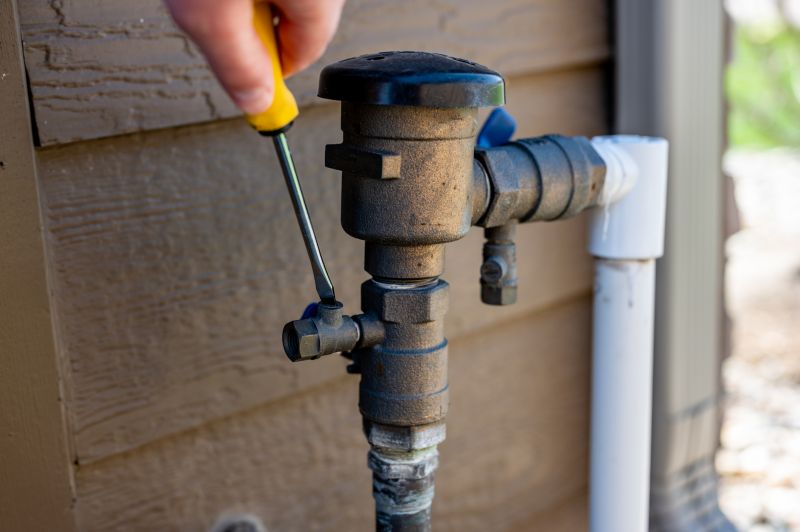
Routine maintenance of backflow preventers.
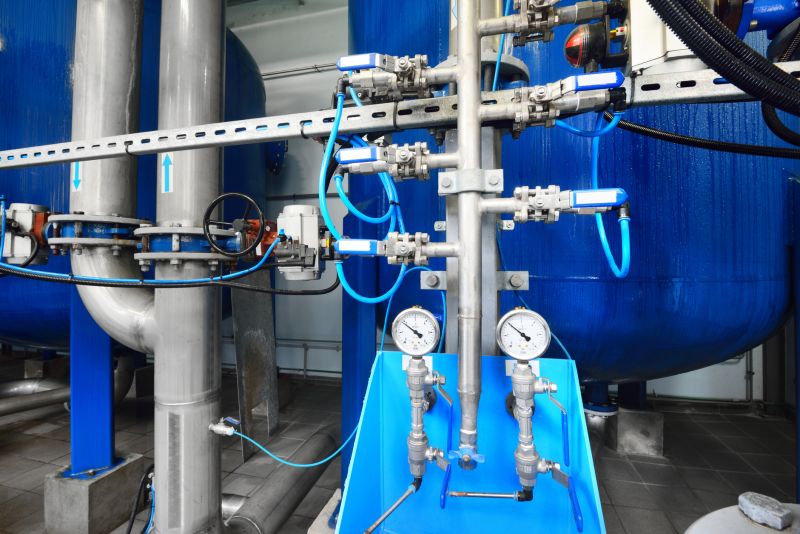
Testing backflow devices with specialized tools.

Detailed view of a backflow valve during inspection.

Documenting inspection findings for compliance.

High-end options that actually feel worth it for Backflow Valve Inspections.
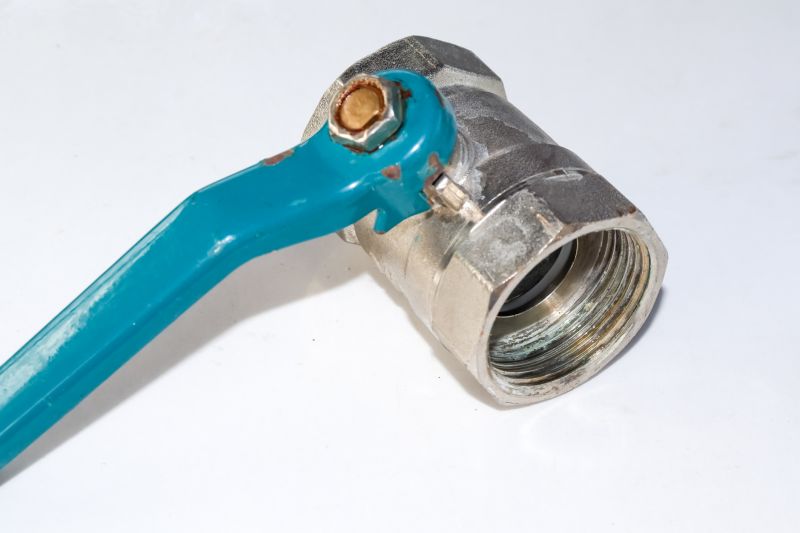
Finishes and colors that play nicely with Backflow Valve Inspections.

Little measurements that prevent headaches on Backflow Valve Inspections day.
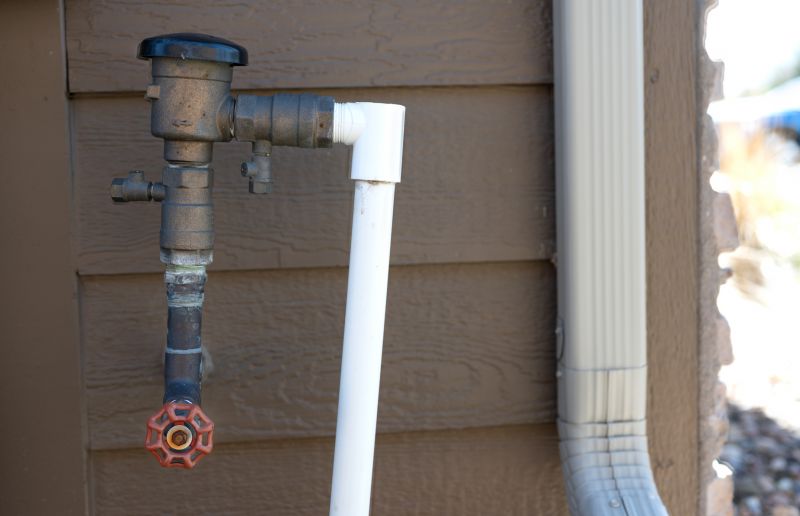
A 60-second routine that keeps Backflow Valve Inspections looking new.
Interested in scheduling a backflow valve inspection? Filling out the contact form provides a straightforward way to arrange professional assessments, ensuring ongoing water safety and system efficiency.
